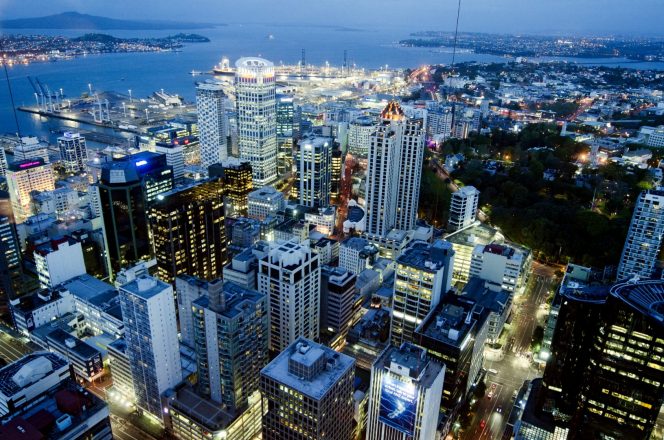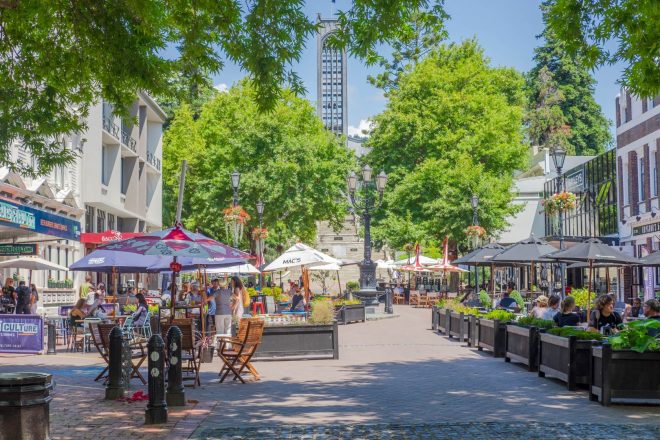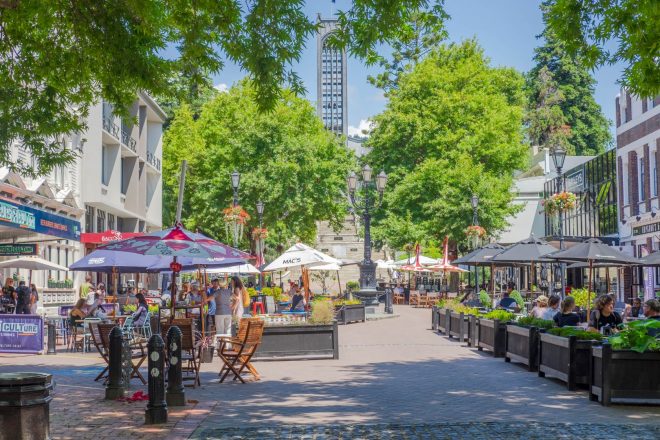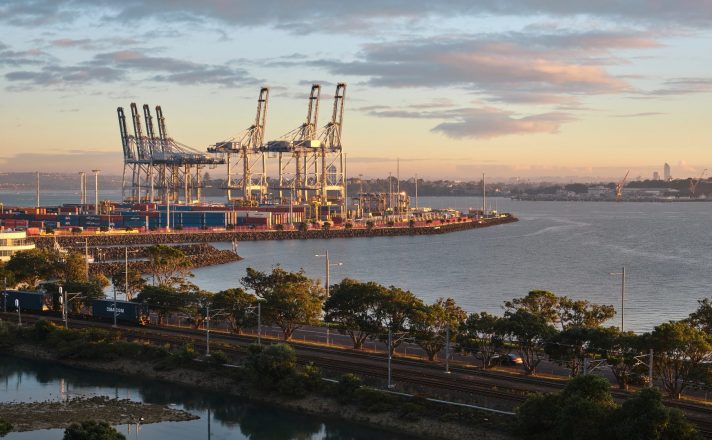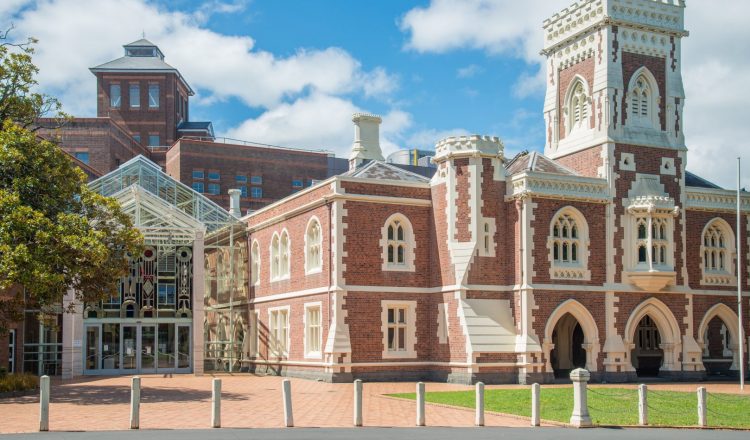建立有限合伙
新西兰的有限合伙制度以美国(特拉华模式)和联合王国运作的有限合伙制度为基础。该法受 2008 年《有限合伙法》(有限合伙法)的管辖。
有限合伙企业(LP)的主要特点包括:
(a) 它享有单独的法人资格;
(b) 必须至少有一名普通合伙人和一个有限合伙人(不能同时为同一人);
(c) 必须至少有一名居住在新西兰的普通合伙人(如果普通合伙人是新西兰公司,则该公司必须至少有一名董事生活在新西兰或居住在澳大利亚,并且是澳大利亚注册的公司董事);
(d) 普通合伙人负责 LP 的日常管理,并对 LP 的所有债务和负债负责,但条件是 LP 无法偿还这些债务和负债;
(e) 在不违反下文 ‘f’ 段的情况下,有限责任合伙人(通常是 “沉默的” 投资者)仅在其对 LP 的资本贡献范围内承担责任;
(f) 有限合伙人(希望保持其有限责任地位的)不得参与有限合伙人的管理,尽管《有限合伙法》中有某些具体规定的活动,有限合伙人可以参与这些活动,但仍保留其有限责任保护;
(g) 它可以有无限期的寿命(如果需要的话);以及
(h) 它受到 “流动式” 税收处理的约束,在这种情况下,LP 的利润和损失按合伙人对 LP 的资本贡献成比例流入合作伙伴。
LP 在公司办公室注册后生效。它必须有并将受合伙协议(无需公开提交)和《有限合伙法》的管辖。

















































